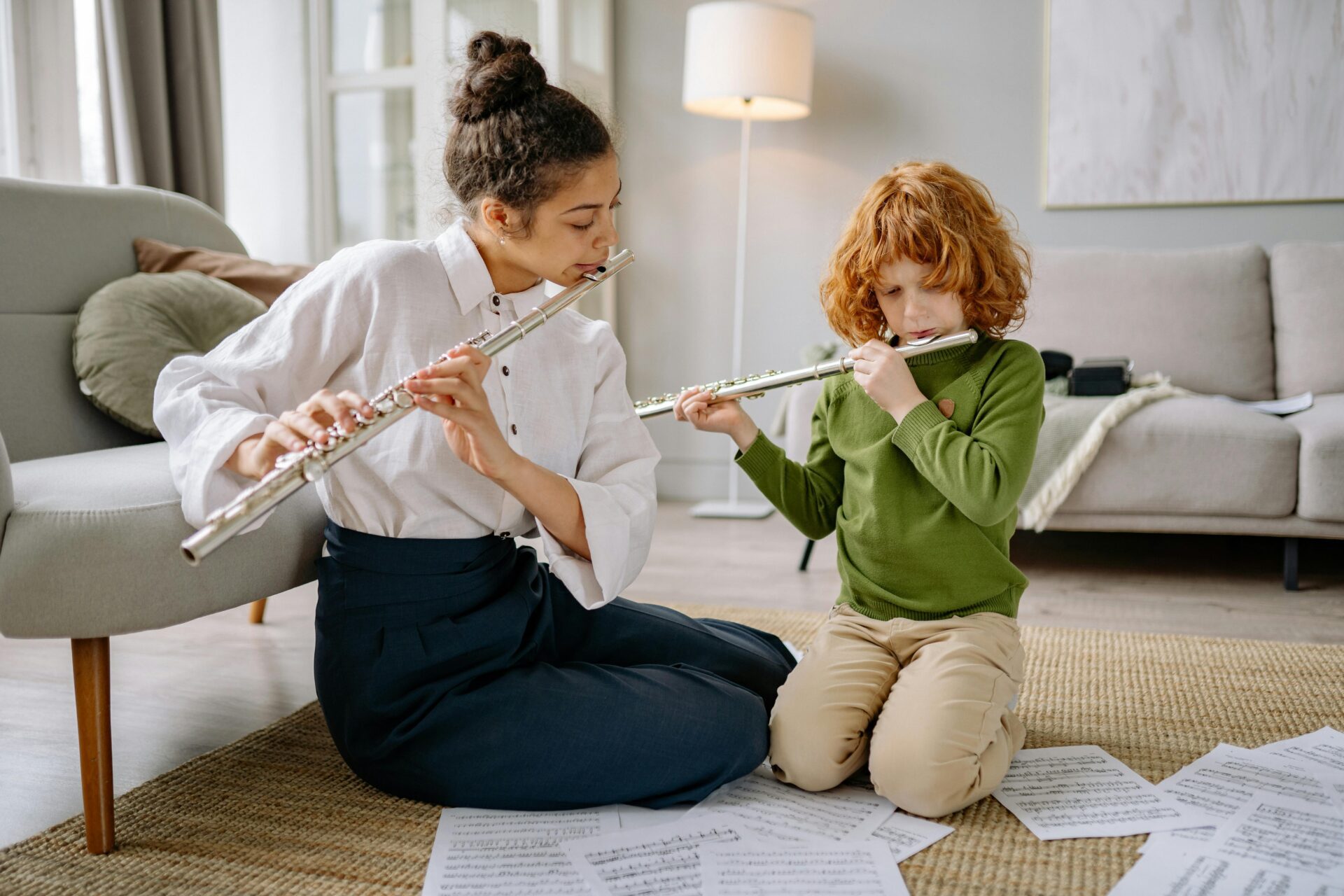Introducing your child to music is a beautiful way to nurture their creativity and cognitive growth. Woodwind instruments can be particularly captivating because of their appealing melodies. However, when to start learning these instruments can be puzzling for many parents. If you are one of them, here’s a checklist to help you determine the perfect age range for your child to begin woodwind lessons.
Physical Considerations
Physical capability is the primary consideration when determining the right age to begin woodwind lessons. Instruments like the flute, clarinet, and saxophone require specific lung capacity, finger strength, and dexterity.
Typically, children develop the necessary motor attributes between 7 and 10. This age range is when most can handle the instrument correctly, produce a consistent sound, and have the finger reach required for the keys or holes.
Cognitive Readiness
Learning an instrument is not merely about mastering the physical technique; it also involves understanding musical theory, which requires a certain level of cognitive development. For instance, reading music notes and understanding rhythms demand focus and the ability to follow complex instructions. Children around 7 begin to show signs of readiness for such analytical challenges, making it a suitable time to introduce them to structured musical training.
Emotional Maturity and Interest
Emotional maturity is necessary for mastering complex musical instruments. Younger learners often face challenges with the patience and perseverance needed for technical mastery. Equally important is a genuine passion for music, as it fuels regular practice and makes the learning journey enjoyable.
If a child lacks this drive, the process might feel more like a chore than a rewarding experience. A child’s interest in music prepares them for a rewarding and long-term enjoyment of woodwind music.
Benefits of Early Music Education
Exposing children to music early on can significantly improve their memory, focus, and problem-solving ability. Through sounds, they learn to identify patterns and rhythms and grasp complex ideas, contributing to their intellectual development.
Music education also supports emotional growth by encouraging self-expression and resilience. It allows children to express their feelings, boost confidence, and manage stress, leading to a sense of achievement and emotional balance.
Choosing the Right Woodwind Instrument
Starting with smaller, lighter instruments often suits younger children well. Many begin with the recorder due to its simple design and easy handling. Moving on to instruments like the clarinet or saxophone can introduce them to more intricate techniques and profound sound experiences as they grow.
Consulting music educators can greatly improve this selection process. Their vast experience enables them to expertly match a child’s physical capabilities and musical tastes with the right woodwind instrument. These instructors also guide proper technique and navigate learning curves, making the musical journey more fun and fulfilling.
Preparing for Woodwind Lessons
To prepare your child effectively for woodwind lessons, create a supportive, structured environment. Choose a quiet, comfortable practice area away from distractions, making sure it’s well organized and equipped with a music stand and necessary accessories. Teach your child the basics of caring for their instrument, instilling a sense of responsibility.
It’s important to maintain a positive attitude towards practice sessions by celebrating their progress to keep them engaged. Keeping lines of communication with the instructor will ensure the lessons are customized to your child’s needs.
If you’re considering woodwind lessons for your child, our instructors at The Music Workshop are here to guide you. We create personalized learning experiences customized to your child’s requirements and aspirations. Contact us today to start your child’s musical adventure!


